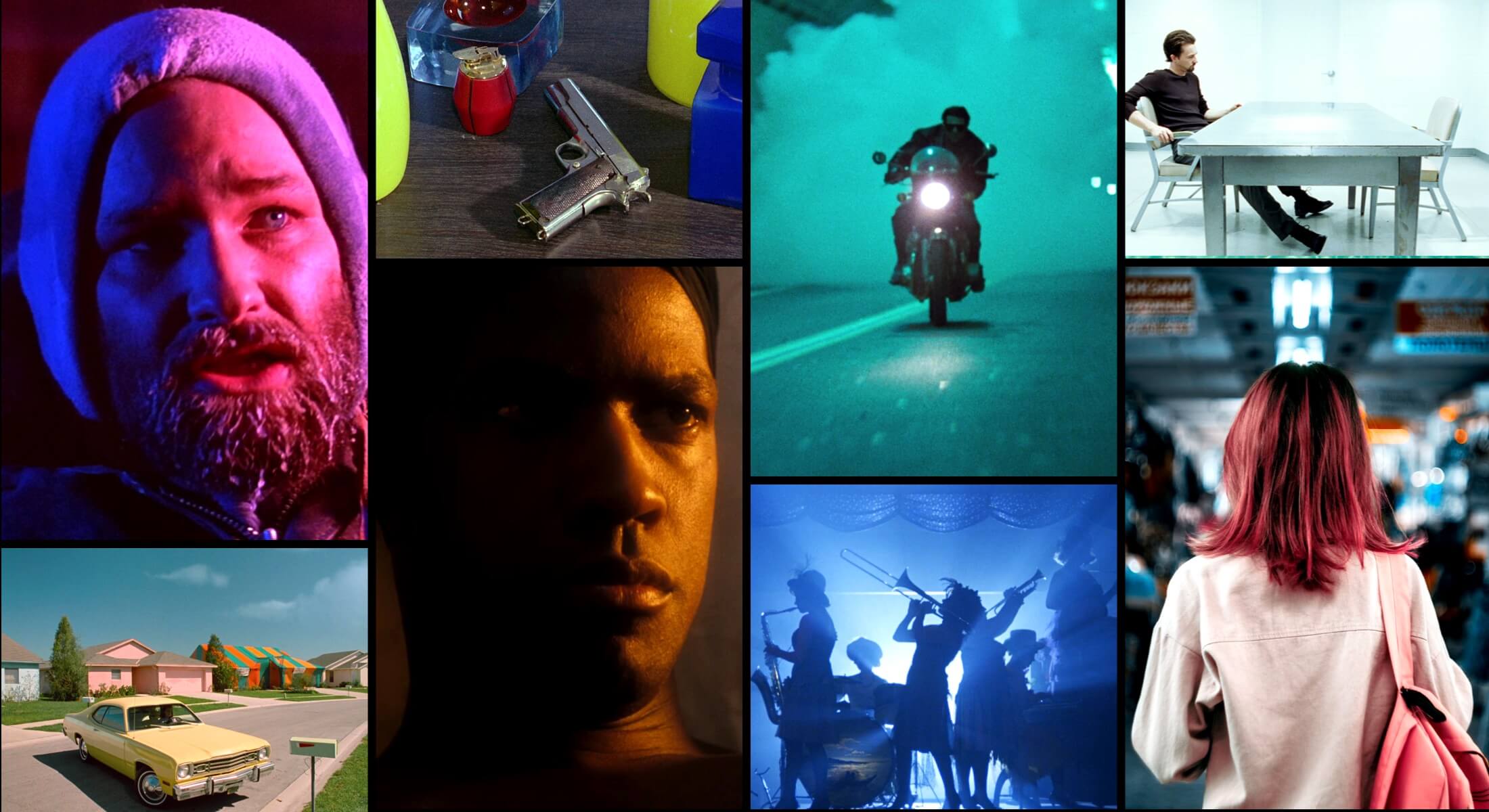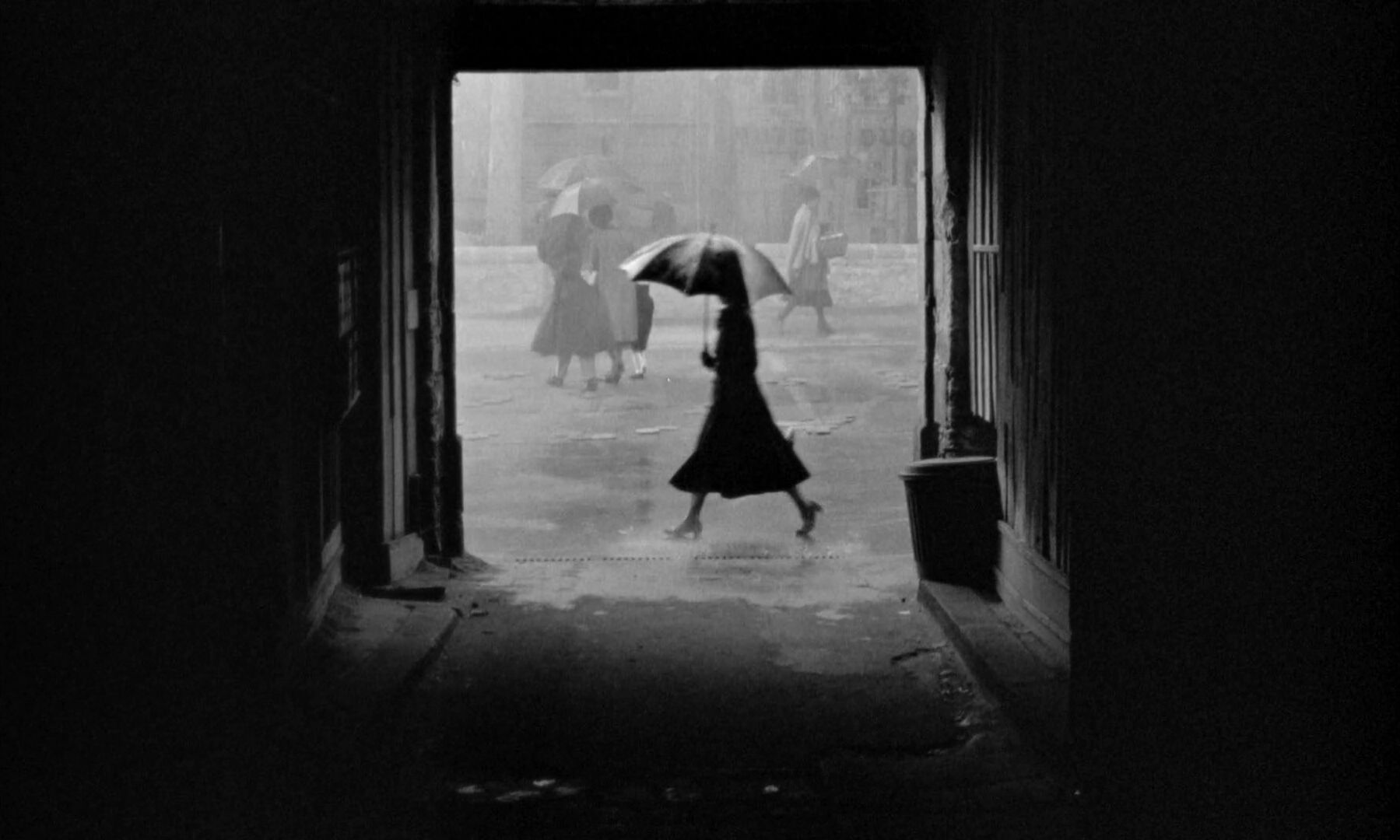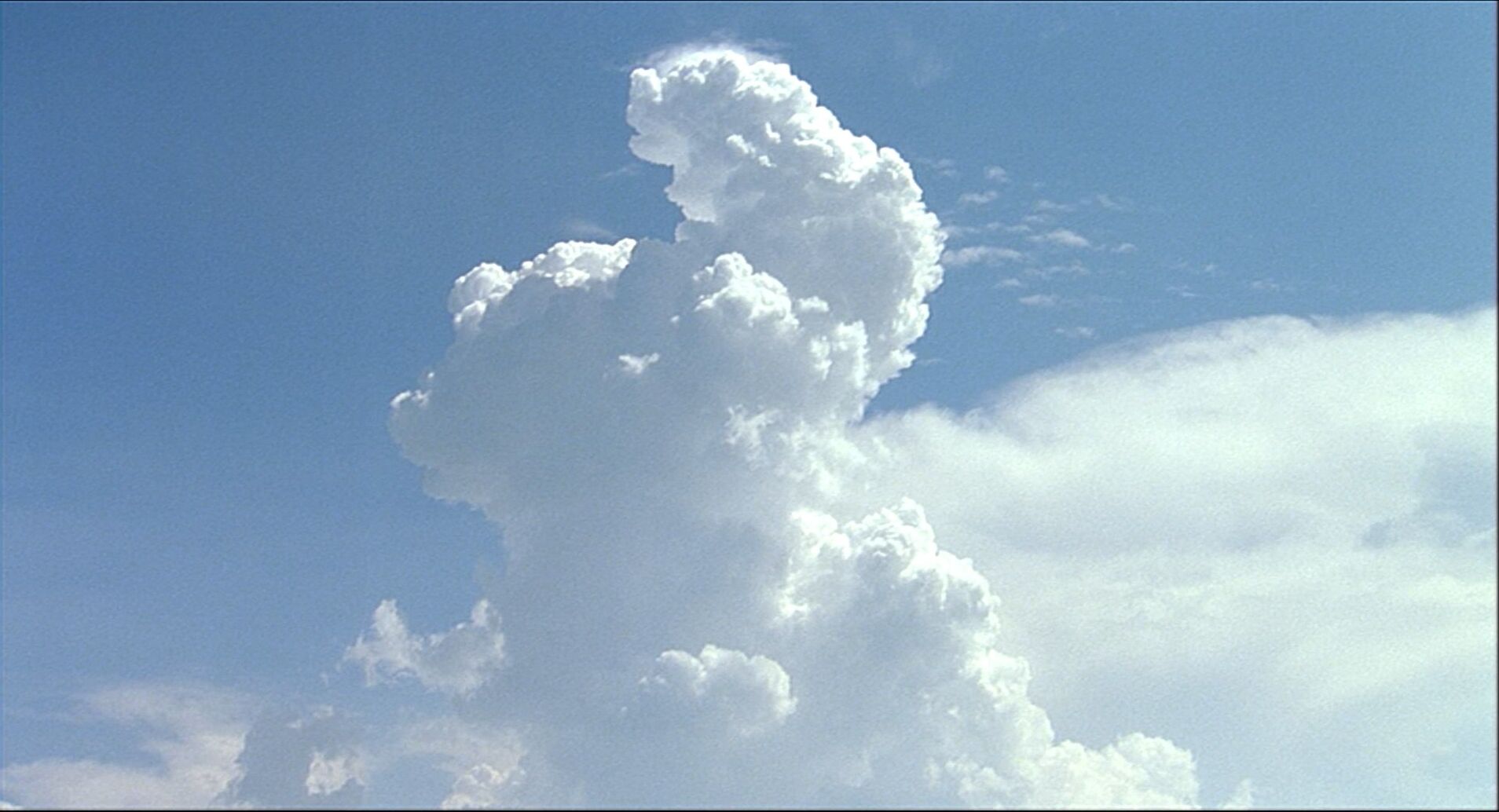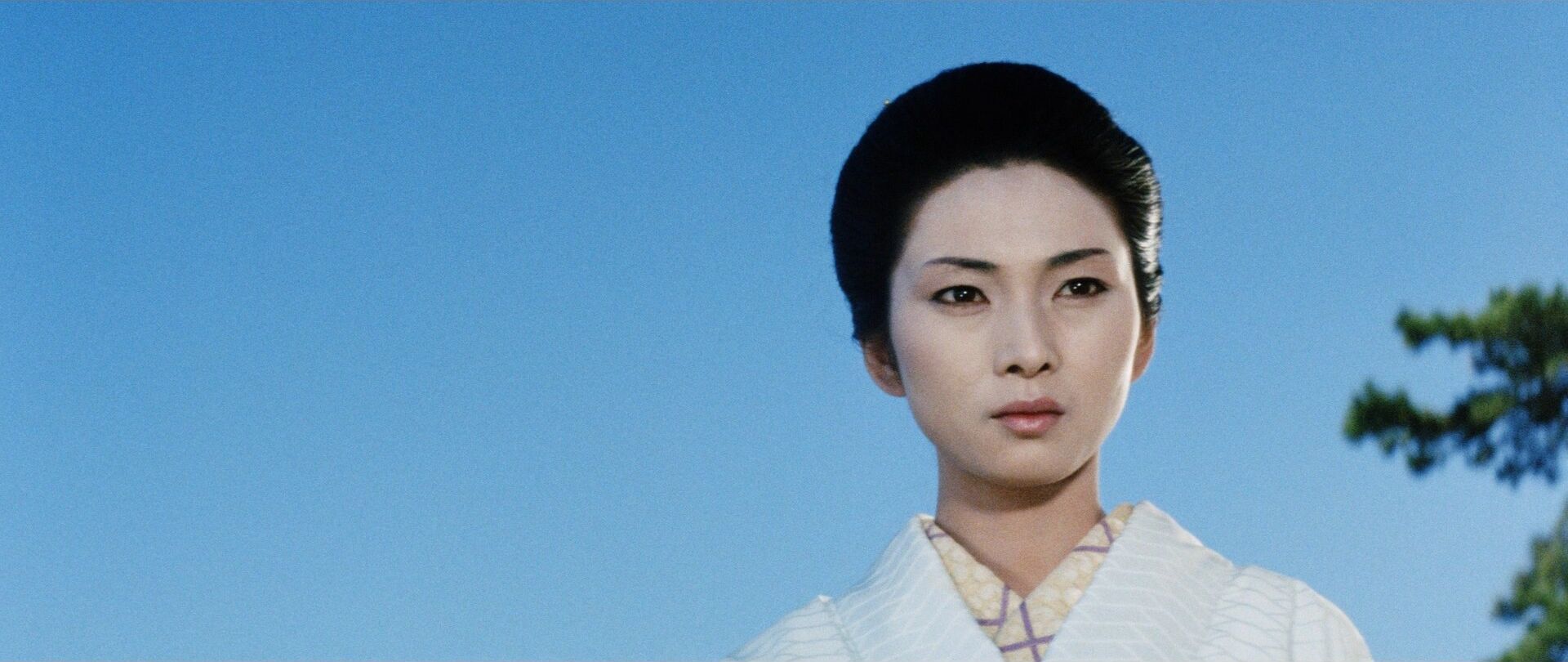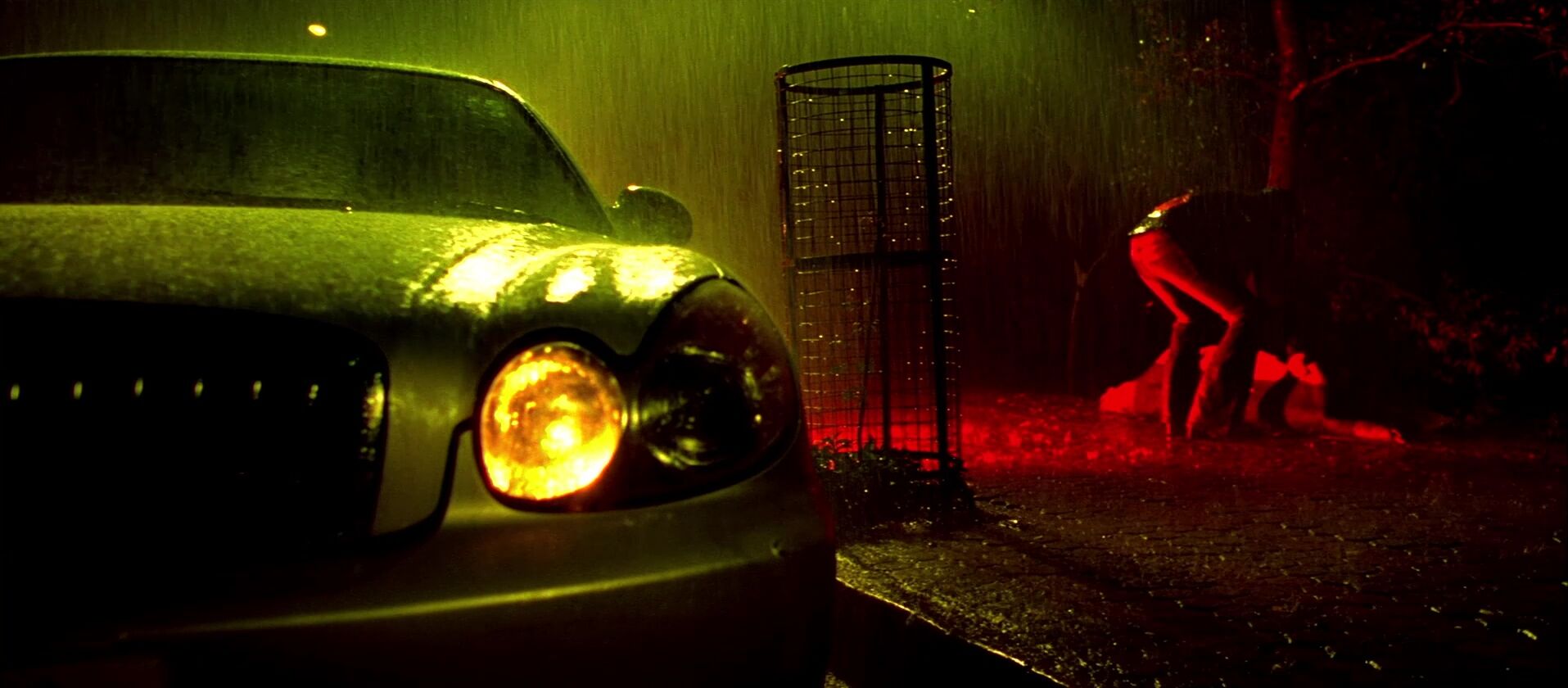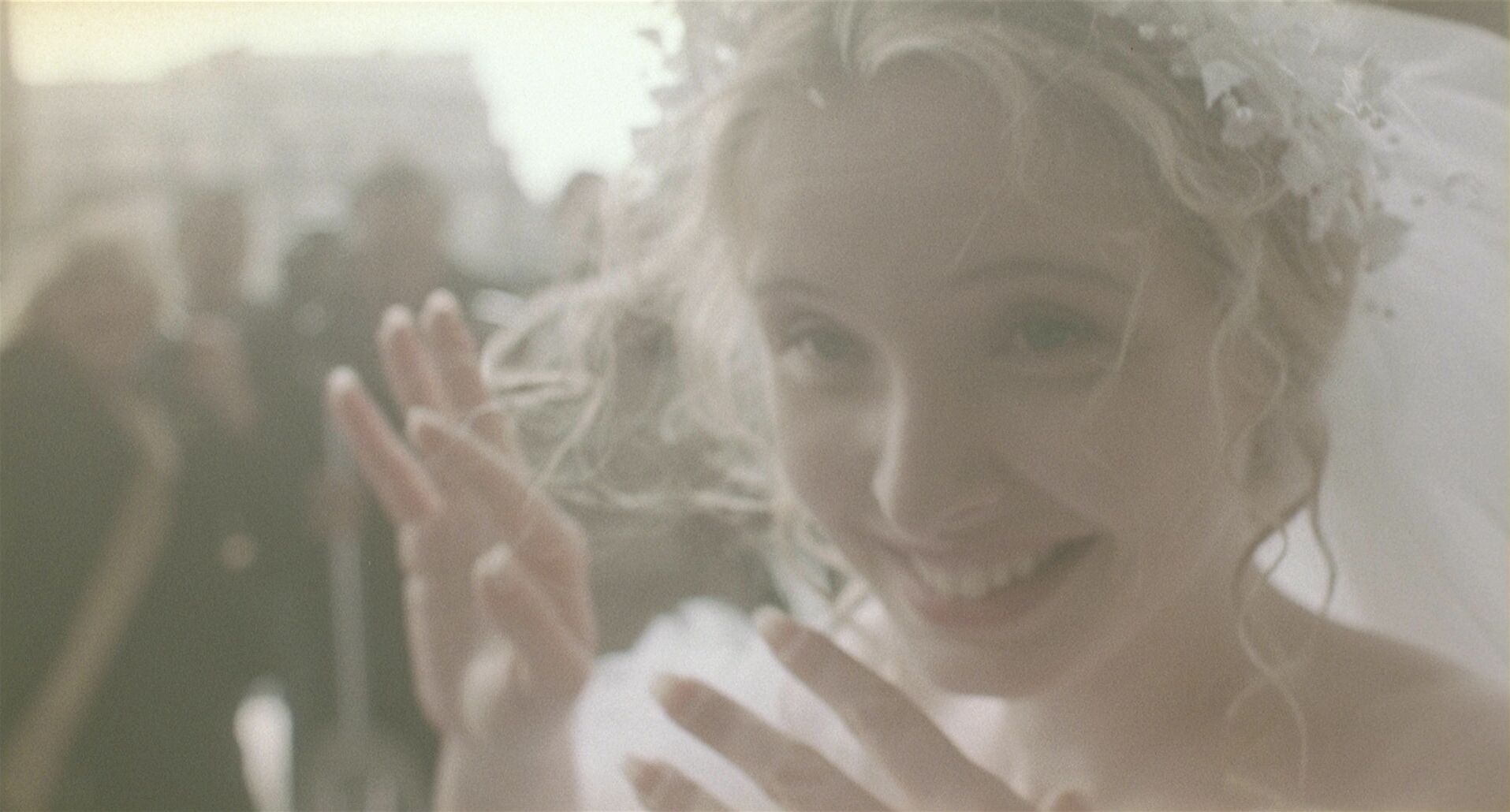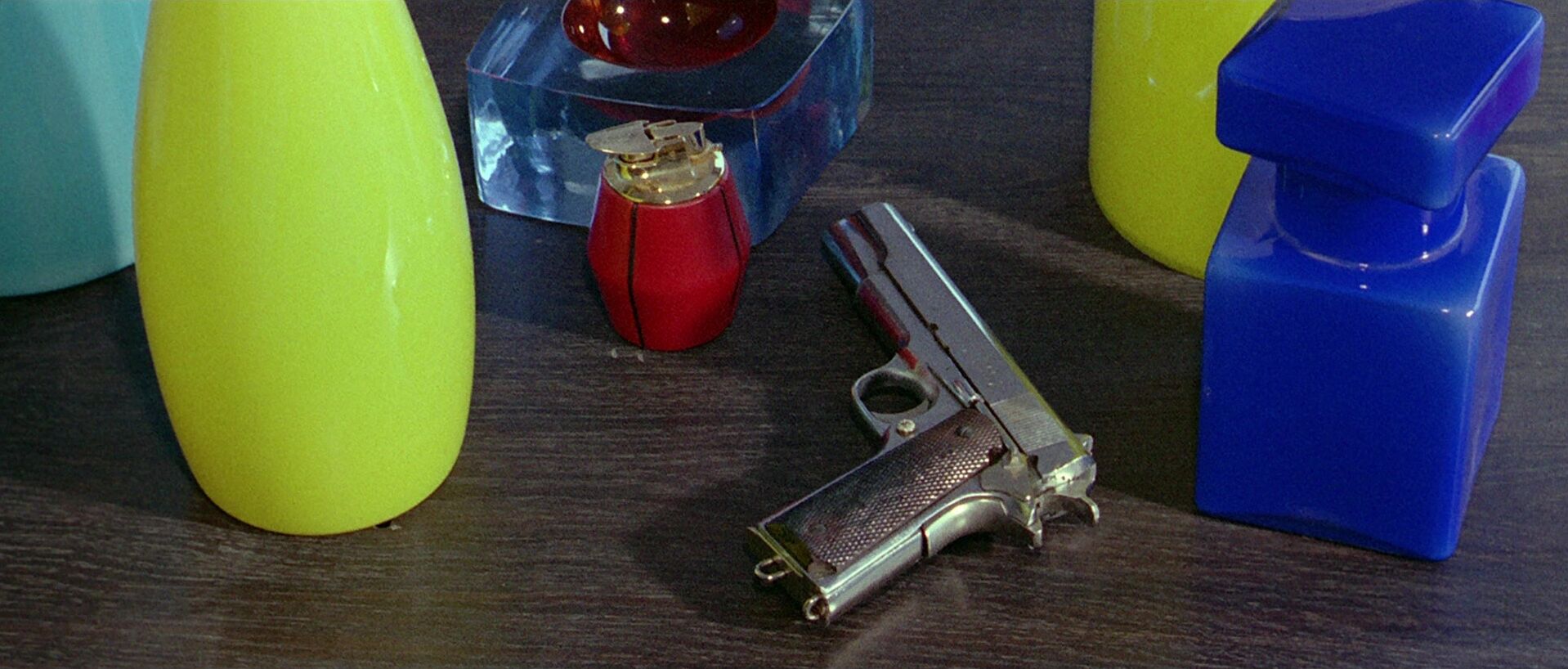home → Composition Techniques → Contrast in Film
Contrast definition
What is contrast?
When filmmakers talk about contrast, they could be talking about a few different things. Maybe they’re referring to color contrast, which is how different colors in the frame interact with each other. Another likely meaning of contrast is in regards to lighting. Lighting contrast compares the light and shadow within a frame, and how dark or light the lights are in the shot.
Check out our full guide to contrast below, complete with examples and breakdowns.
High contrast lighting in film
Contrast lighting examples
First, let’s talk about contrast lighting. It’s helpful to see contrast light in action before exploring how it operates within visual storytelling. Browse this curated selection of shots with contrast lighting to get a sense of its uses across films.
High contrast
Low contrast
Low-key lighting
High-key lighting
Uses
What does color contrast do?
Color contrast refers to the difference between colors in a film. Directors and cinematographers often use the color wheel to determine what’s known as the “palette” of their films, much like a painter would. There are four key types of palettes:
Analogous
These are three colors that sit next to each other on the color wheel. When used in combination, it is called an analogous color scheme.
Complementary
Complementary colors cancel each other out when they’re mixed, like orange and blue, red and green, or yellow and purple creating the highest color contrast.
Monochromatic
This is when the palette uses a single base shade and all the various hues. The end result is an image that is basically one color with layers of variance.
Triadic
This uses three colors evenly spaced around the color wheel. One is chosen as the dominant color, then two are chosen as complementary.
High contrast lighting in film
High vs. low contrast lighting in film
When discussing high vs. low contrast lighting, the differences are between what the lightest lights are, versus the darkest darks. In high contrast lighting, the darkest shadows very much contrast with the brightest lights. This creates a stark vivid look, and is great for moments of intense emotion. Meanwhile, low contrast lighting is more muted, without as much contrast between the darks and lights.
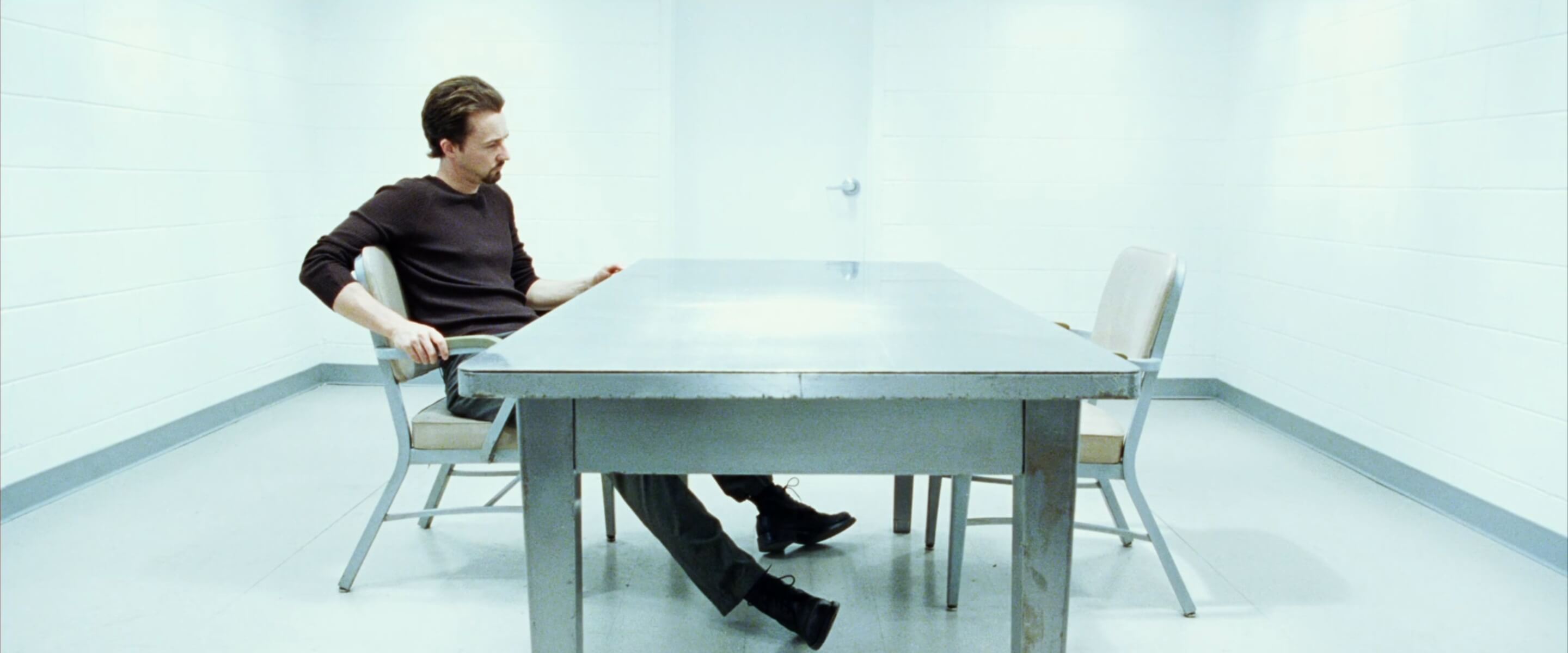
Case Study
Shot listing how movies use lighting and color
This scene from Sicario handles contrast in fascinating ways. The most obvious is the high-contrast lighting where Kate is more evenly lit while Alejandro is draped in shadow. The darkened room behind him and the white wall behind her also play a role. Overall, we have a visual representation of "good and evil" that we understand without any other context or dialogue.
Click the shot list below to take a closer look at the entire scenes.
Color and light can and should be taken into consideration in every shot you design.
Unexpected combos
How can you use color or light contrast with other camera techniques?
How to combine contrast in film
Color and light need to be taken into consideration when a filmmaker composes any shot. Here are some shots that filmmakers can use when thinking about how to arrange their color palette and lighting designs:
- Overhead shots: Lighting is of key importance in an overhead shot, as a filmmaker can use light to decide what is illuminated in the scene and what isn’t, and what the contrast is.
- Wide shot: Wide shots use both color and lighting to convey their meaning.
- Establishing shot: In an establishing shot, a setting is being introduced. This requires careful consideration of how the setting will be presented, in what colors and what lighting.
- Close-up shots: Color and lighting can be key in close-up shots. For example, in “The Addams Family,” specific lighting is used on close-ups of the character of Morticia, to always show her in a romantic or dreamy cast.
Frequently asked questions about contrast
Contrast can refer to color contrast, which is how different colors in the frame interact with each other, or lighting contrast, which is how light is used in the frame, comparing the light or shadow within the picture.
Contrast in either color or lighting is important because it can help convey meaning within shots, and create a visual language for the film.
Color contrast is the difference between the colors in a film or shot, chosen by the filmmaker.
Contrast ratios measure the contrast between the two brightest and darkest points within a scene.
